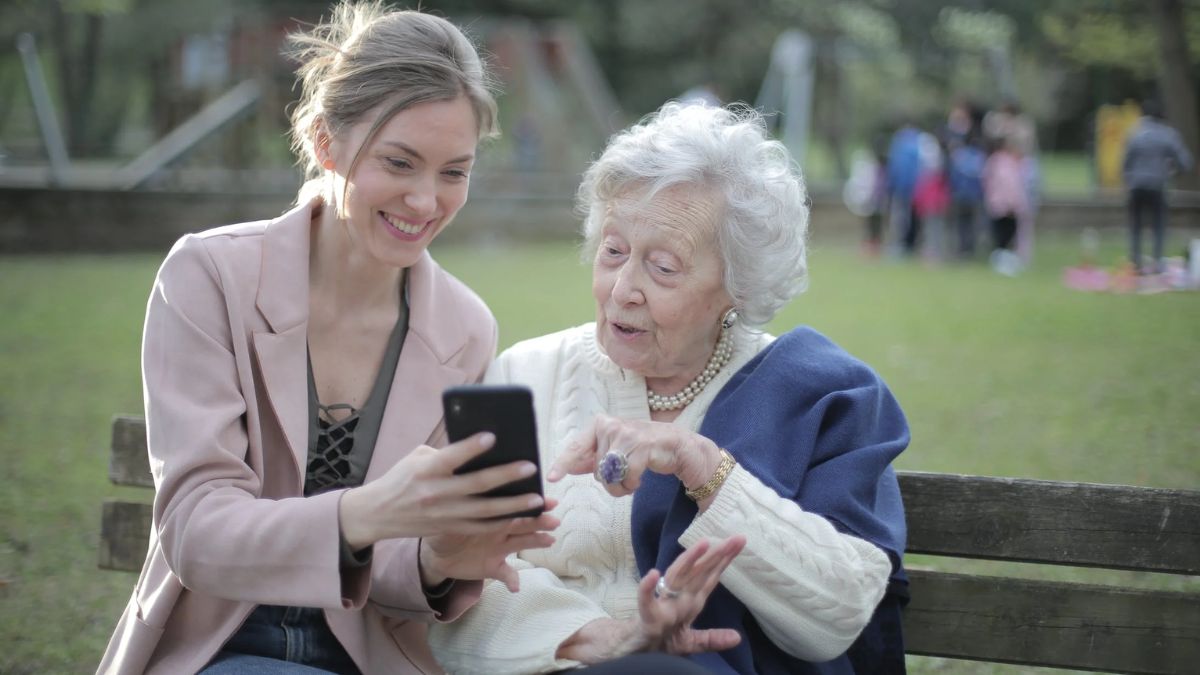In an age where technology plays an increasingly vital role in our daily lives, smartphones have become indispensable tools for communication, entertainment, and staying connected with loved ones. However, for elderly individuals, navigating the complex world of smartphones can be daunting, with a myriad of features and options to consider. To help seniors choose the perfect device that meets their needs and preferences, here’s a comprehensive guide to selecting a user-friendly smartphone tailored specifically for elderly users.
Simplified Interface and Large Display
One of the most important factors to consider when choosing a smartphone for elderly individuals is the user interface. Look for devices that offer a simplified interface with large icons and easy-to-read text. A larger display size, preferably with high resolution, can enhance visibility and make navigation more comfortable for seniors with visual impairments or dexterity issues.
User-Friendly Operating System
Opt for smartphones that run on user-friendly operating systems, such as iOS or Android, with intuitive navigation and straightforward settings. Both iOS and Android offer accessibility features specifically designed to assist elderly users, including magnification gestures, voice commands, and simplified menus.

Enhanced Accessibility Features
Accessibility features play a crucial role in ensuring that smartphones are accessible and easy to use for elderly individuals. Look for devices that offer features such as:
- Voice control: Allows users to perform tasks using voice commands, ideal for seniors with limited dexterity.
- Text-to-speech and speech-to-text: Enables users to convert text messages to speech and vice versa, facilitating communication for those with vision or hearing impairments.
- Hearing aid compatibility: Ensure that the smartphone is compatible with hearing aids to enhance audio clarity during calls.
Physical Buttons and Tactile Feedback
While touchscreens are prevalent in modern smartphones, elderly users may prefer devices that retain physical buttons for essential functions such as volume control, power, and home navigation. Physical buttons provide tactile feedback, making it easier for seniors to operate the device without relying solely on touchscreens.
Long Battery Life and Durability
For elderly individuals who may not be as tech-savvy or inclined to charge their devices frequently, battery life is a crucial consideration. Choose smartphones with long battery life that can last throughout the day with moderate usage. Additionally, opt for devices that are durable and resistant to damage from accidental drops or spills, ensuring longevity and reliability.

Senior-Friendly Apps and Services
Select smartphones that offer a curated selection of senior-friendly apps and services designed to cater to the unique needs and interests of elderly users. These may include health monitoring apps, medication reminders, emergency assistance features, and entertainment options such as audiobooks and puzzle games.
Cost-Effective Options
While smartphones with advanced features can be enticing, consider the budget constraints of elderly users when choosing a device. Look for cost-effective options that strike a balance between affordability and functionality, without compromising on essential features and usability.
By prioritizing simplicity, ease of use, and tailored accessibility options, seniors can enjoy the benefits of staying connected and empowered in the digital age. With the right smartphone in hand, elderly users can navigate the tech world with confidence and embrace the countless possibilities that modern technology has to offer.










